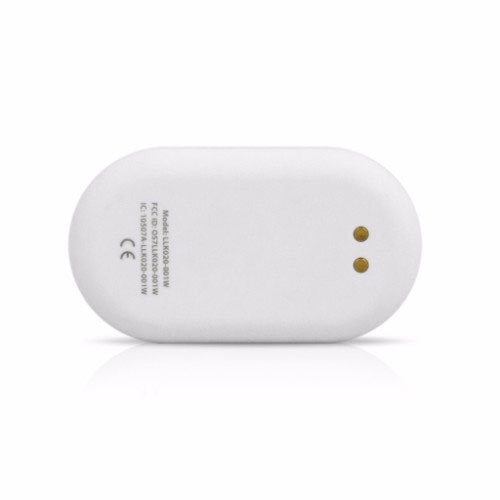

This would also help users jog their memories on when and where their posture was best. For example: during my day, where was my posture the best? Having some sort of map that showed where I walked overlaid with this type of information - maybe with color - showing where my posture was the best would also be cool. If Lumo had location for their wearable or app, it would be able to add that information to my trends data display. After my personal experience with Lumo specifically, I can envision a few instances where they may be able to take their device capabilities to the next level: 1. Stepping back from what Lumo is doing right today, we can’t help ourselves when it comes to envisioning the next generation of features and functionality. Now here at Skyhook, we always like to think about the future. This type of content not only feels personal to me and my performance, but has also served as supplemental reminders and encouragement to keep up with the program. Everest), and overall tips - both for using the device and to get better posture in general. Supporting Email Messages Since Day 1 of the Lumo, I’ve been receiving emails which give me status reports on how I am performing, facts on how much I’ve walked (to date, I’ve walked at least the height of Mt. Again, simple ways to foresee user abandonment with reminders and suggestions are great ways to keep the user engaged. While the Lumo battery lasts about 5 days, it's something that you can forget to do without a reminder. After all, what use is a wearable if you don’t remember to wear it?Īnother helpful notification I get from the app is when the wearable is low on battery and needs a charge. It’s a simple alert on the home screen, but very effective by just giving you the reminder that you need to make it a part of your day.

Helpful Reminders & NotificationsĮvery morning, the app sends an alert reminding me to put on my wearable.
#Lumo lift posture how to
Other than having a device that actually works, walking users through how to engage with it in a simple way really helps them to get started quickly and easily. I installed the app, which walked me through (briefly) how the device worked and how to set it up (with a video), sync it, and align it properly. The device came with a manual, but I didn’t really look at it.

How? Here’s where I think they have had some success in terms of user retention: Easy First-Time User Experience (FTUX) Being a tall slouchy person, and with a price point of $79, I thought it was a good way to get into wearable devices.Īfter almost a month, Lumo is still a vital part of my daily routine. So when a colleague mentioned the Lumo device in conversation, I looked into it: Lumo’s primary function is to help its users improve their posture, while documenting their total number of steps taken every day. There are so many benefits to your health, and having a cool technology behind your behavior to help you record, document, and improve that is appealing to many data people. Personally, I’ve been looking at wearables for a while, and just hadn’t made the $100+ plunge yet. With 1 out of every 2 people abandoning wearables 6 months after purchasing them, keeping users engaged with your device and staying out of your junk drawers is something the wearable market struggles with. They tend be be really cool when you first get them, but lose their appeal when you hit your first snag in figuring something out, they break, or you just forget to put them on one day. One of the greatest challenges of wearables - and maybe, with any self-improvement program - is keeping up with it.


 0 kommentar(er)
0 kommentar(er)
